Bringing a new life into the world through a Cesarean section (C-section) is a common and, at times, life-saving procedure. If you're planning or have already undergone a C-section, you might be wondering “what do C-section scars look like,” how to heal a C-section scar, and what your C-section recovery time will be. Today, we will provide you with an informative guide on the different C-section incision types, why one might be chosen over another, and how to promote healing of C-section scars. So, let’s get started right away.
What Do C-Section Scars Look Like? The 4 Types of Incisions Your Surgeon Might Use:
#1: The Transverse Incision
The transverse incision, also known as a "bikini cut," is one of the most common C-section incisions. It's made horizontally just above the pubic bone. This type of incision is often favored for its cosmetic results.
The scar typically looks like a thin horizontal line, often hidden beneath the bikini line.
#2: The Vertical Incision
In some cases, a vertical incision may be necessary. It is made vertically from the navel to the pubic bone. Vertical incisions are generally reserved for emergency situations or when the surgeon needs better access.
The resulting scar resembles a vertical line, which can be more noticeable than the transverse incision.
#3: The Low Transverse Incision
The low transverse incision is an alternative to the traditional transverse incision. This incision is made closer to the pubic bone, allowing for better cosmetic results. It's often preferred when the baby is in a breech position or in other specific circumstances.
The scar from this incision is similar to the traditional transverse incision, but it might be slightly lower on the abdomen.
#4: The T Incision
In rare situations, a T-shaped incision may be required. This type combines a transverse incision with a vertical extension, forming the shape of the letter "T." Surgeons may choose this option if they need extra access or if the baby is in a difficult position.
The T incision scar is more complex, in the shape of a T, and often requires more time to heal.
How To Heal A C-Section Scar (Regardless of What Type of Incision Was Used):
We’ve covered this topic in many different blogs across our site, so we’ll give you a quick summary and some further reading on healing C-section scars. Remember, the most important thing is that you follow your surgeon’s post-op instructions in the first few days after your surgery. Hard as this may be with a newborn, it’s incredibly important to your physical recovery.
- Keep it clean
- Stay hydrated
- Protect from sun exposure
- Use Scar Healing products
- Massage the scar
- Consult with your healthcare provider if wound healing is slow or stops
- Time and patience
Further Reading: How Scar Heal Products Work
In conclusion, the type of C-section incision you have can impact the appearance of your scar. However, regardless of the incision type, proper scar care and healing techniques are essential. Following the tips mentioned above and using scar healing products like our Scar Heal Kit can help you on your journey to a healthier, less noticeable C-section scar.
Congratulations on your new little bundle of joy!
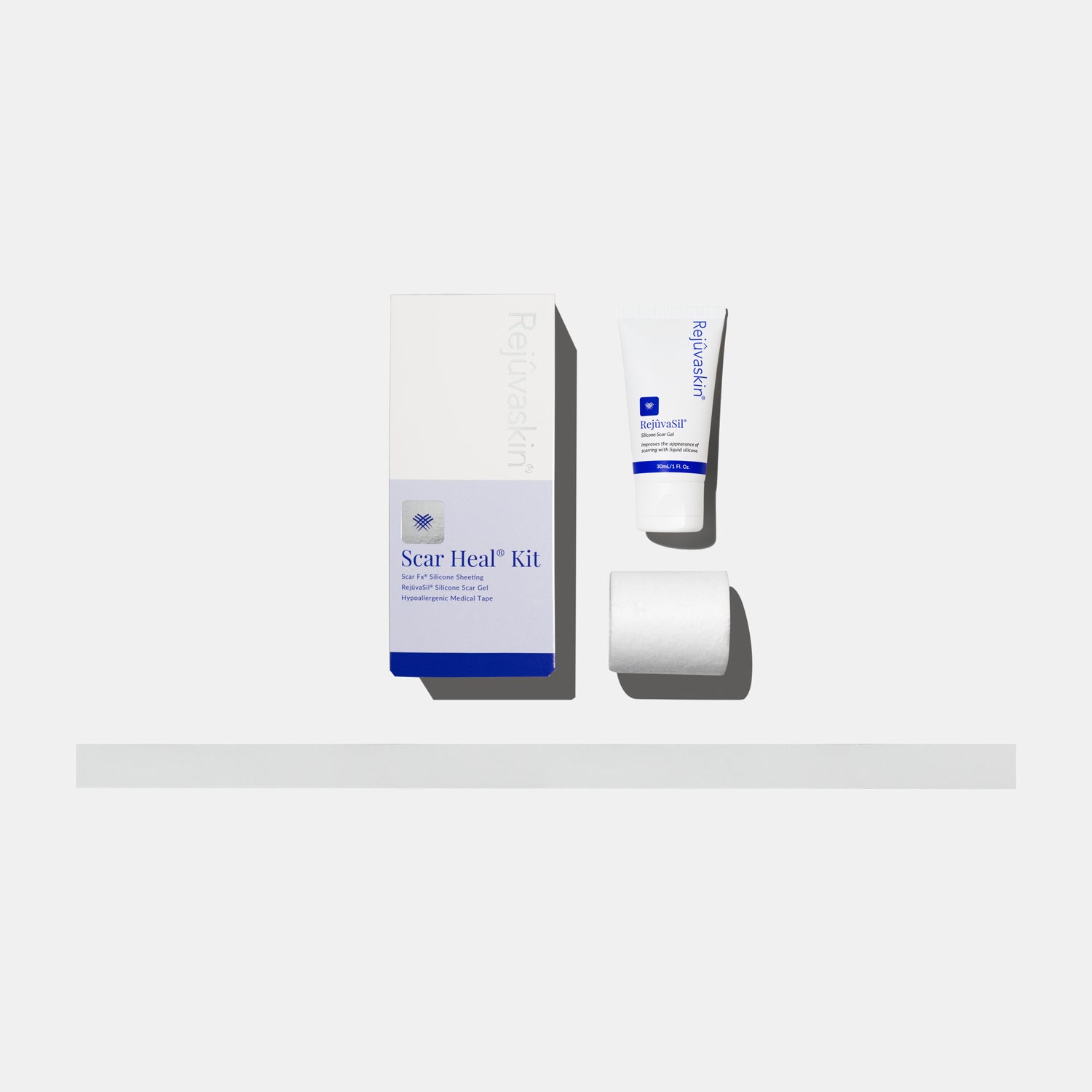
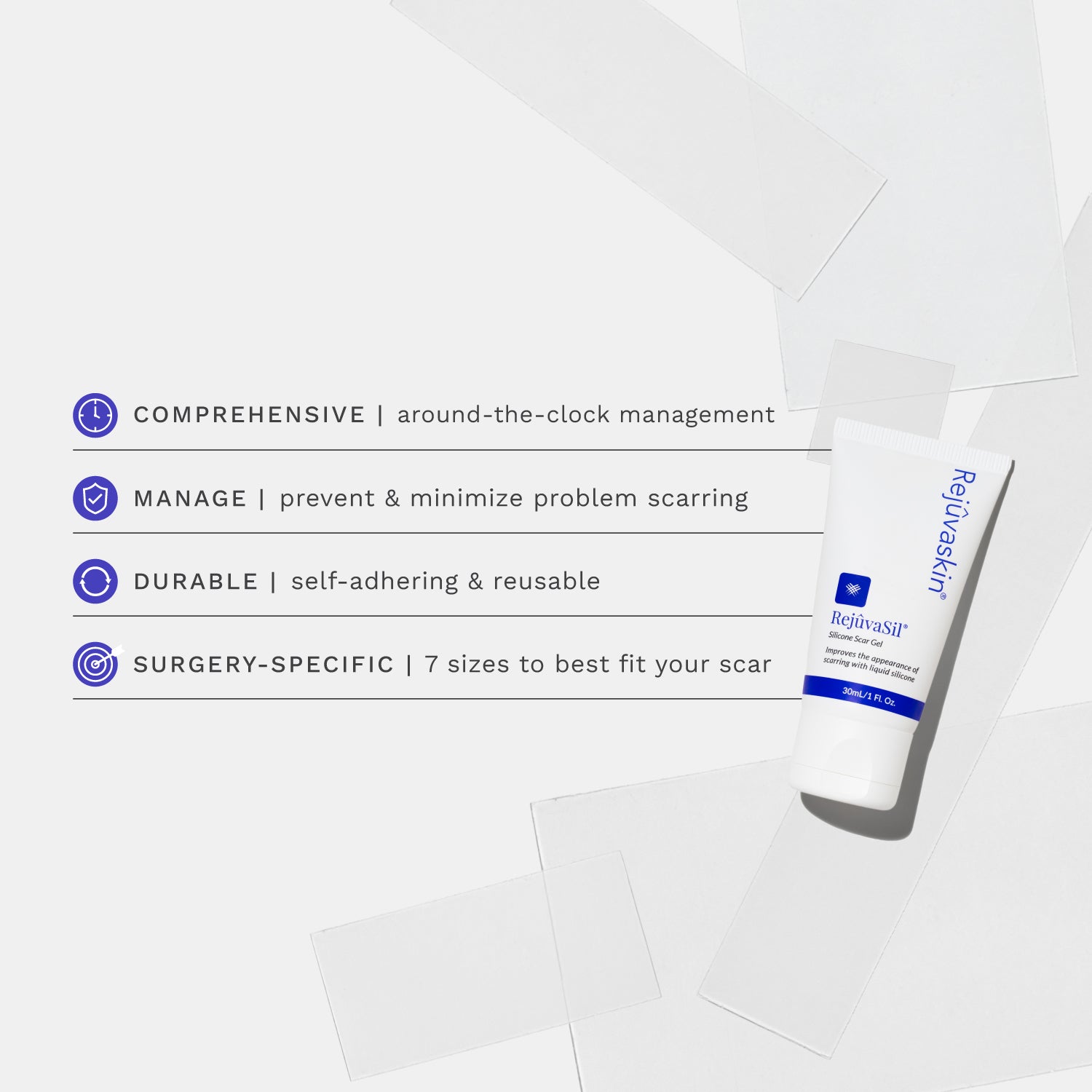
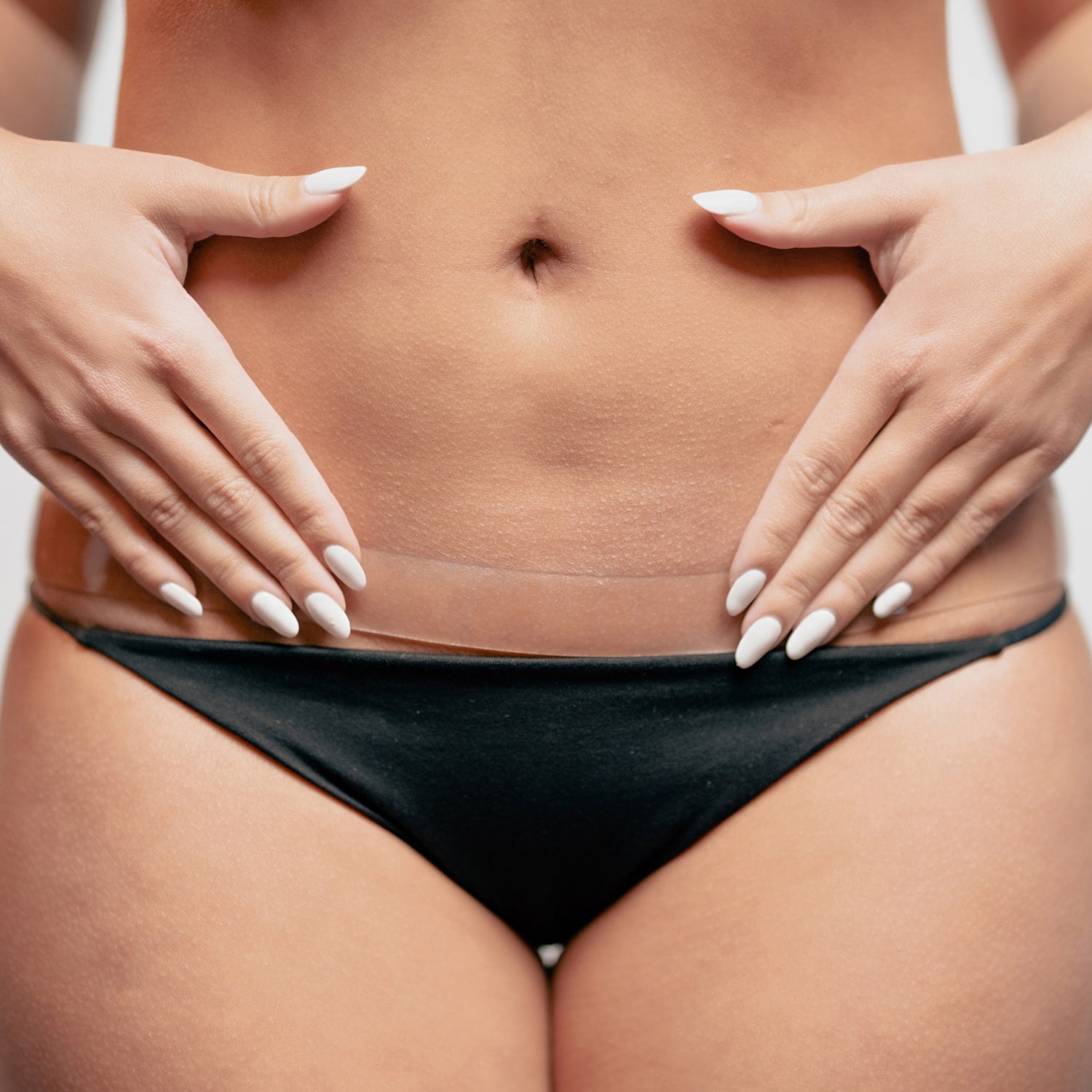
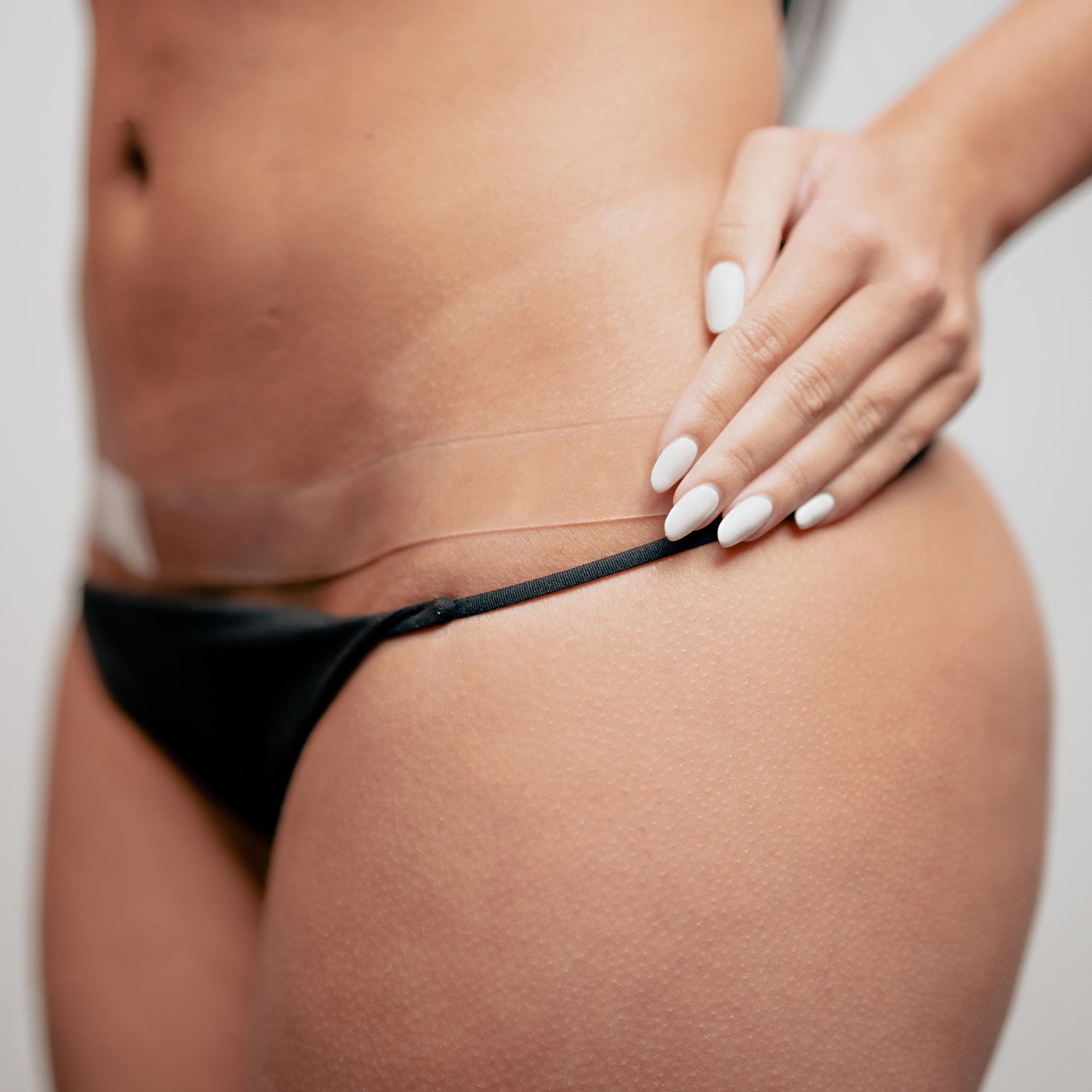
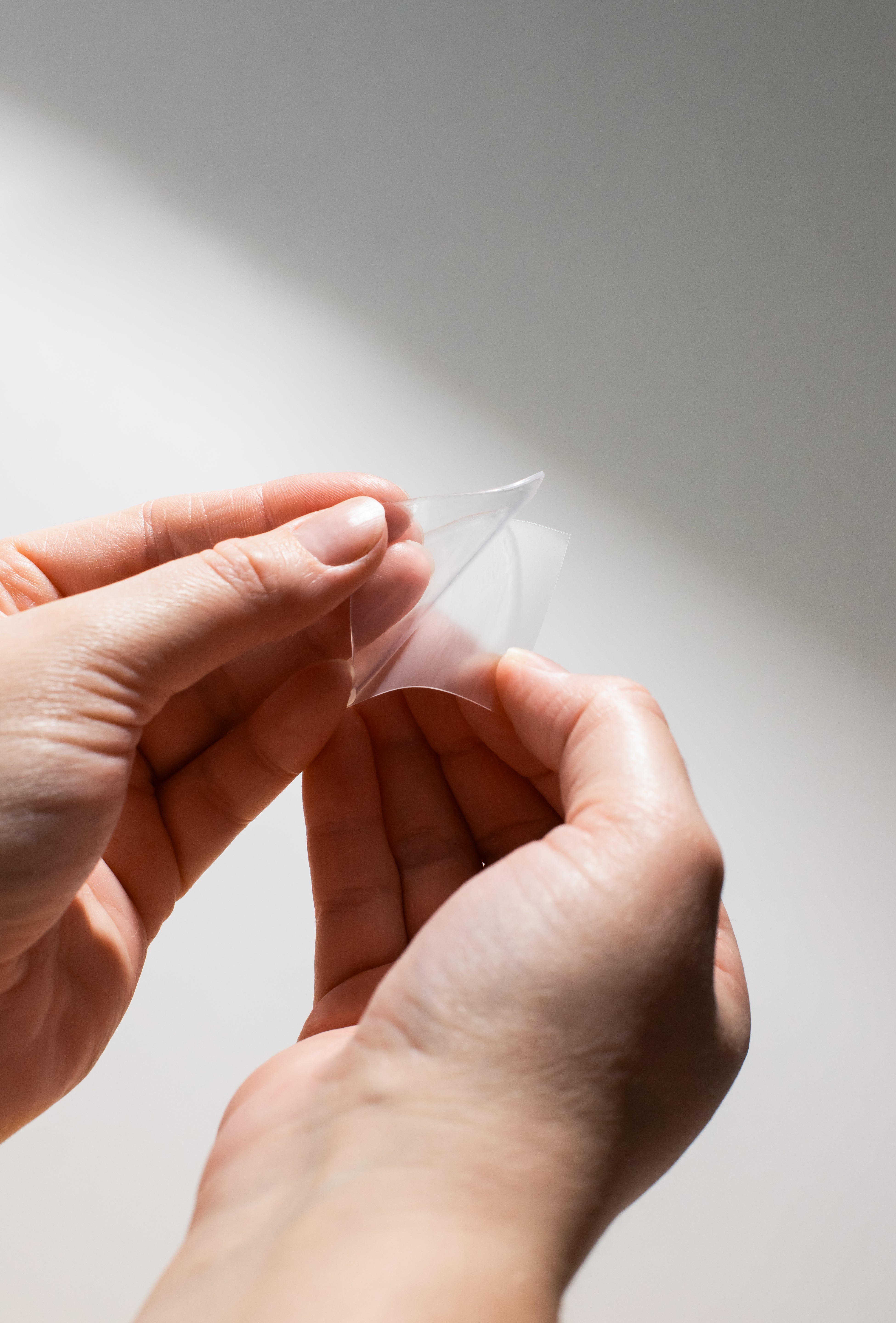
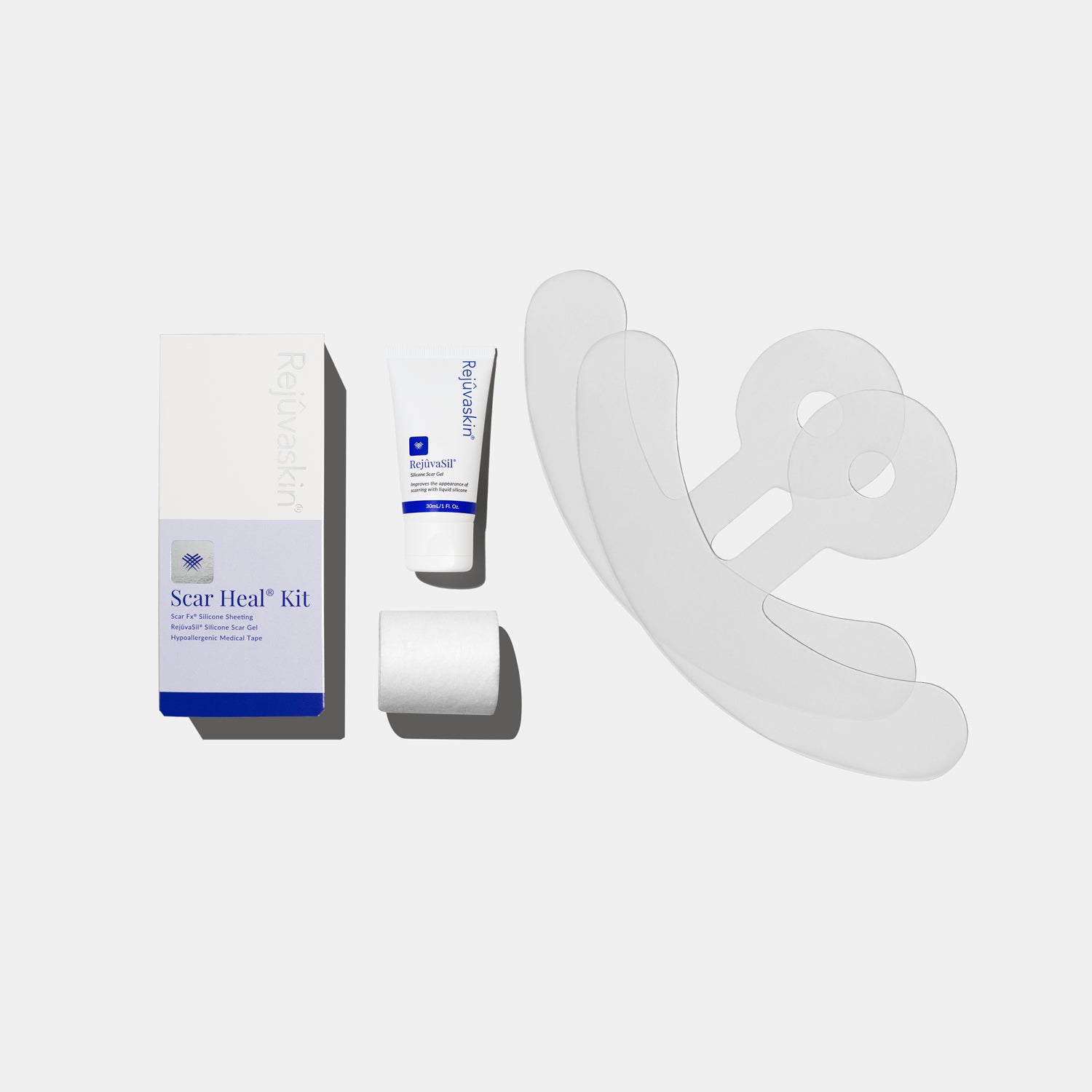
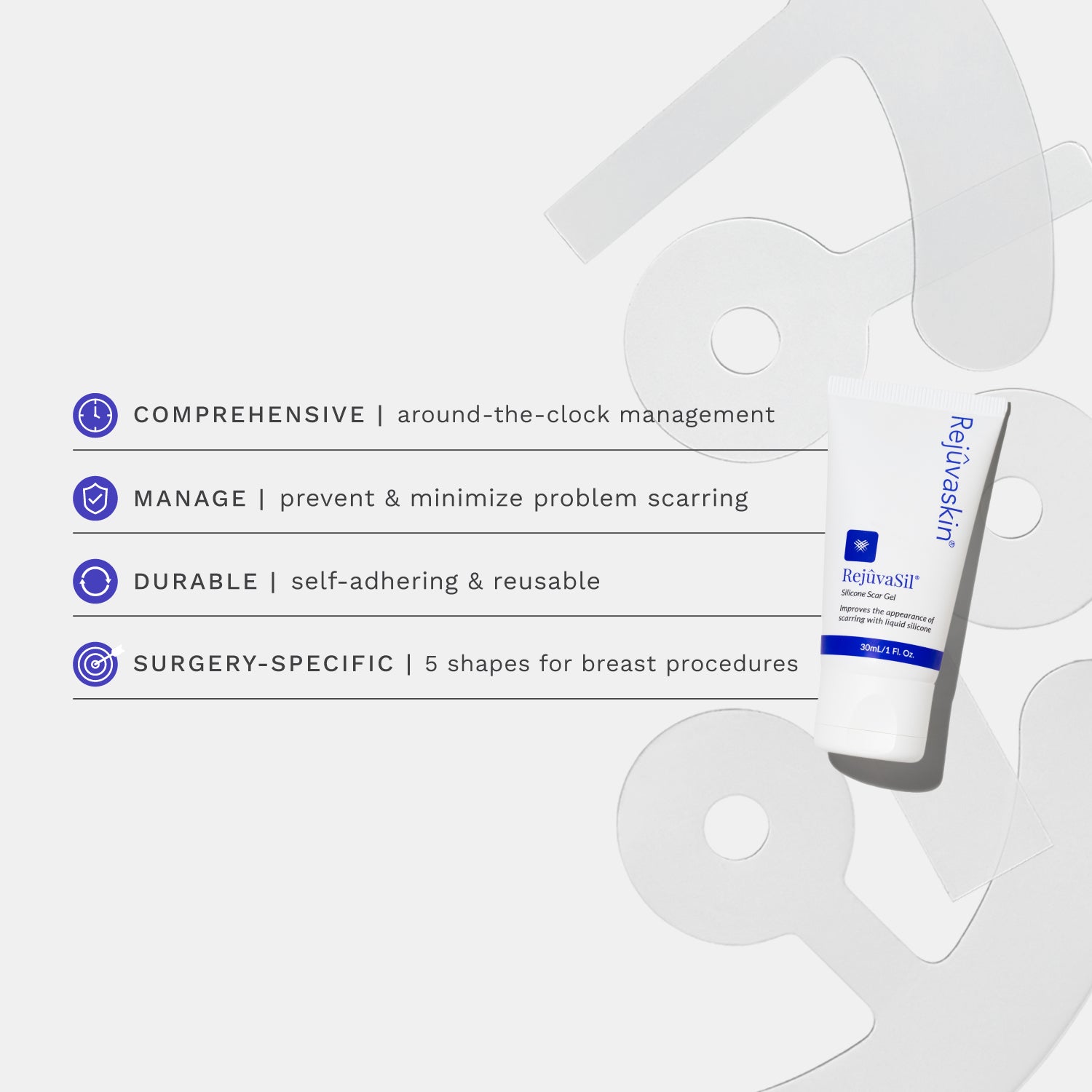
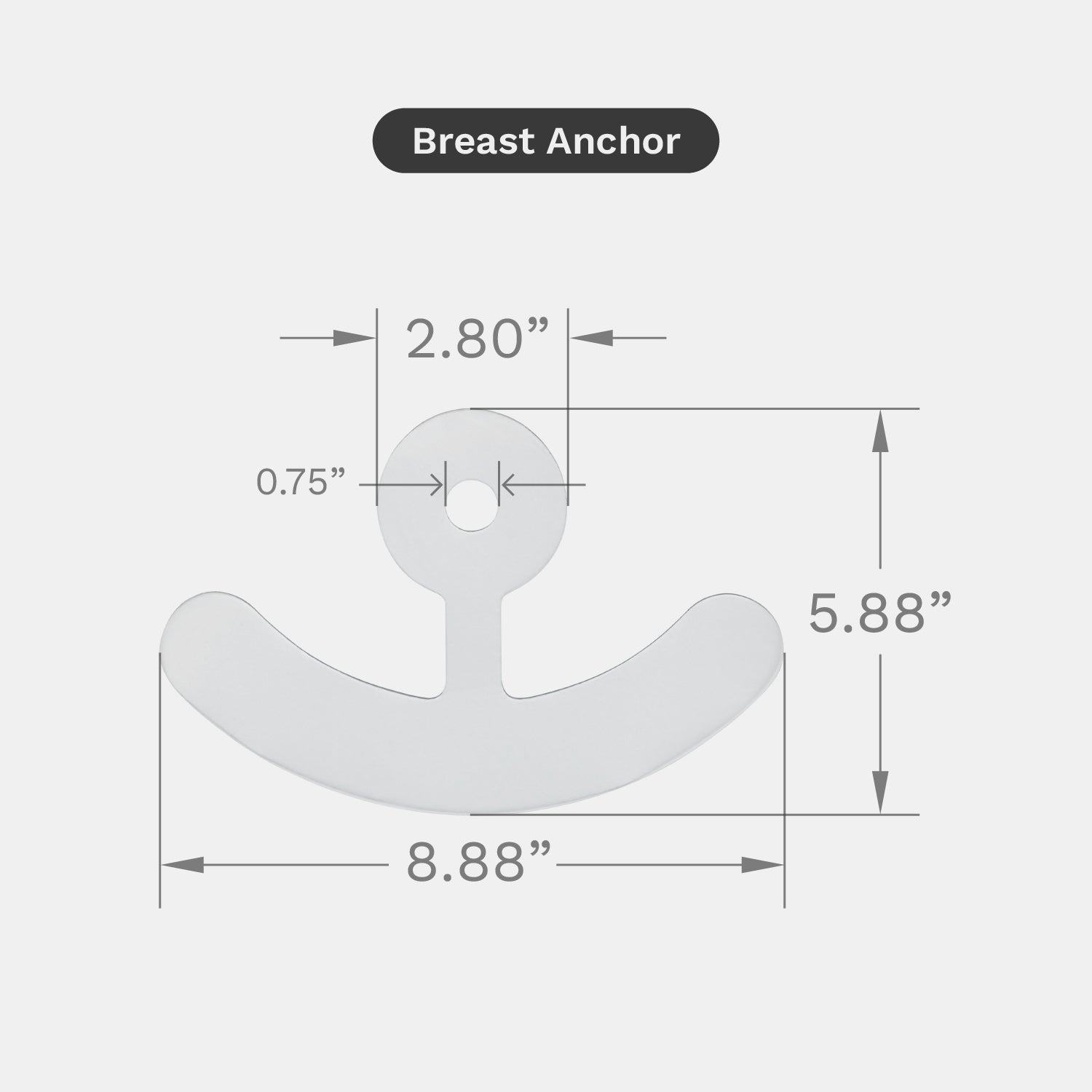
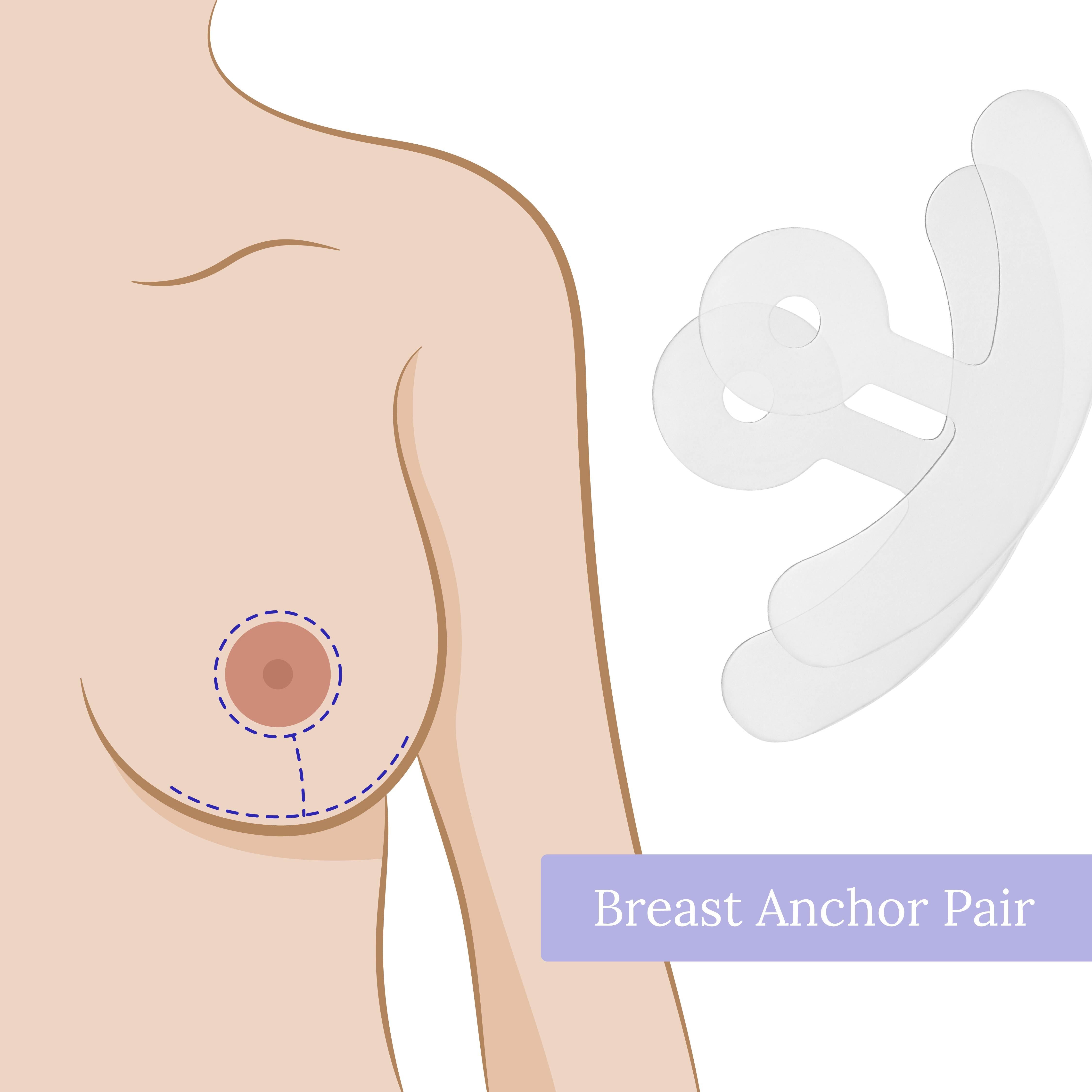

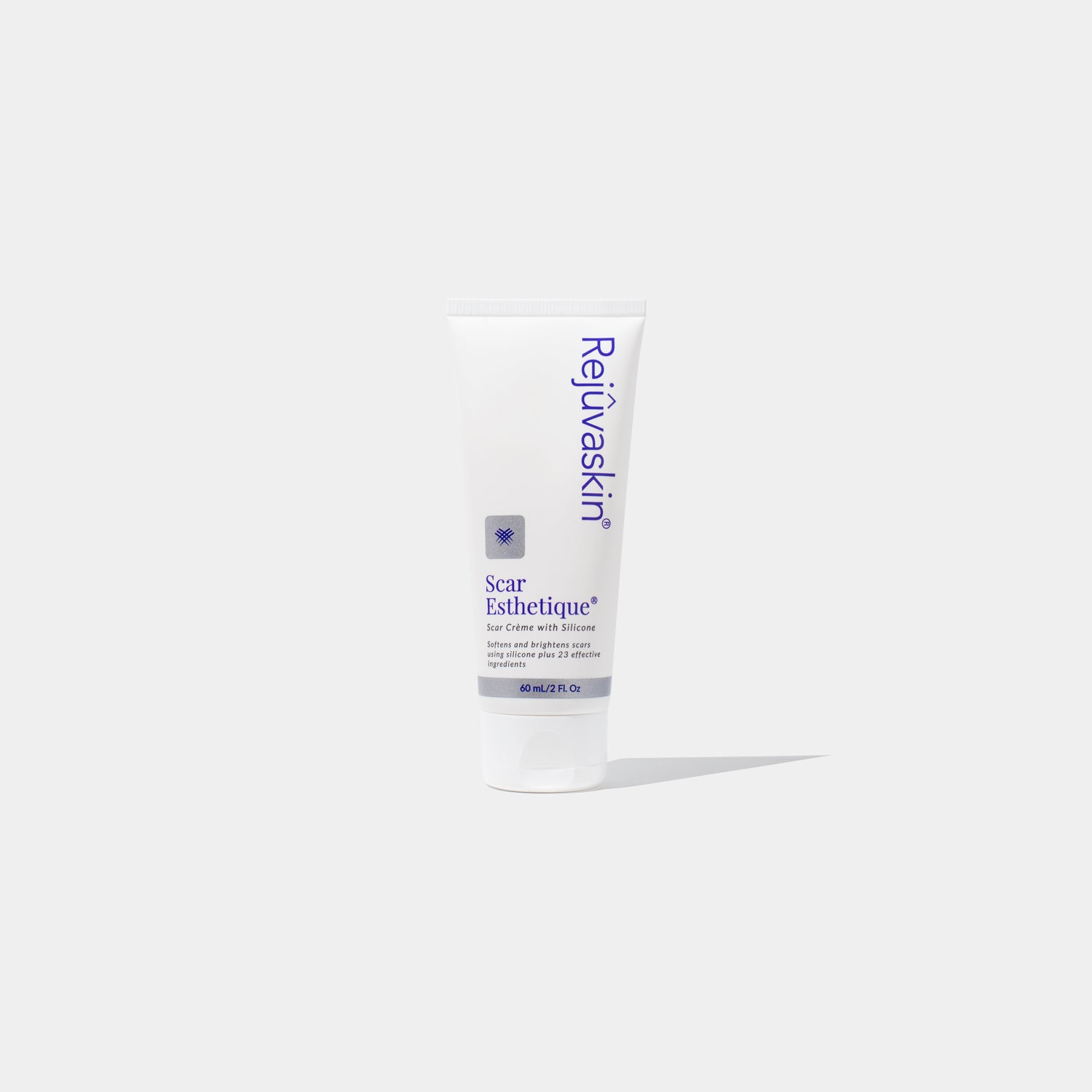
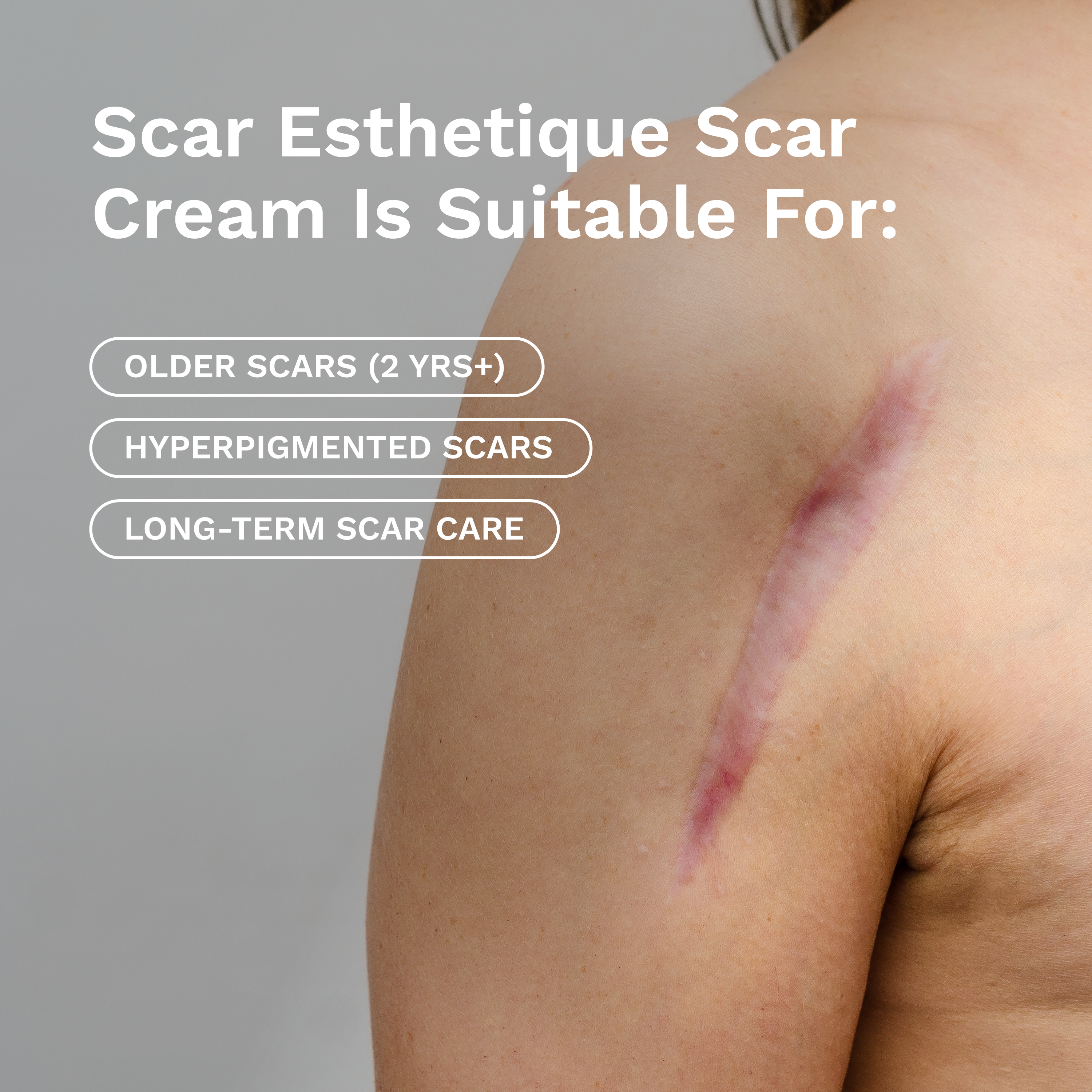
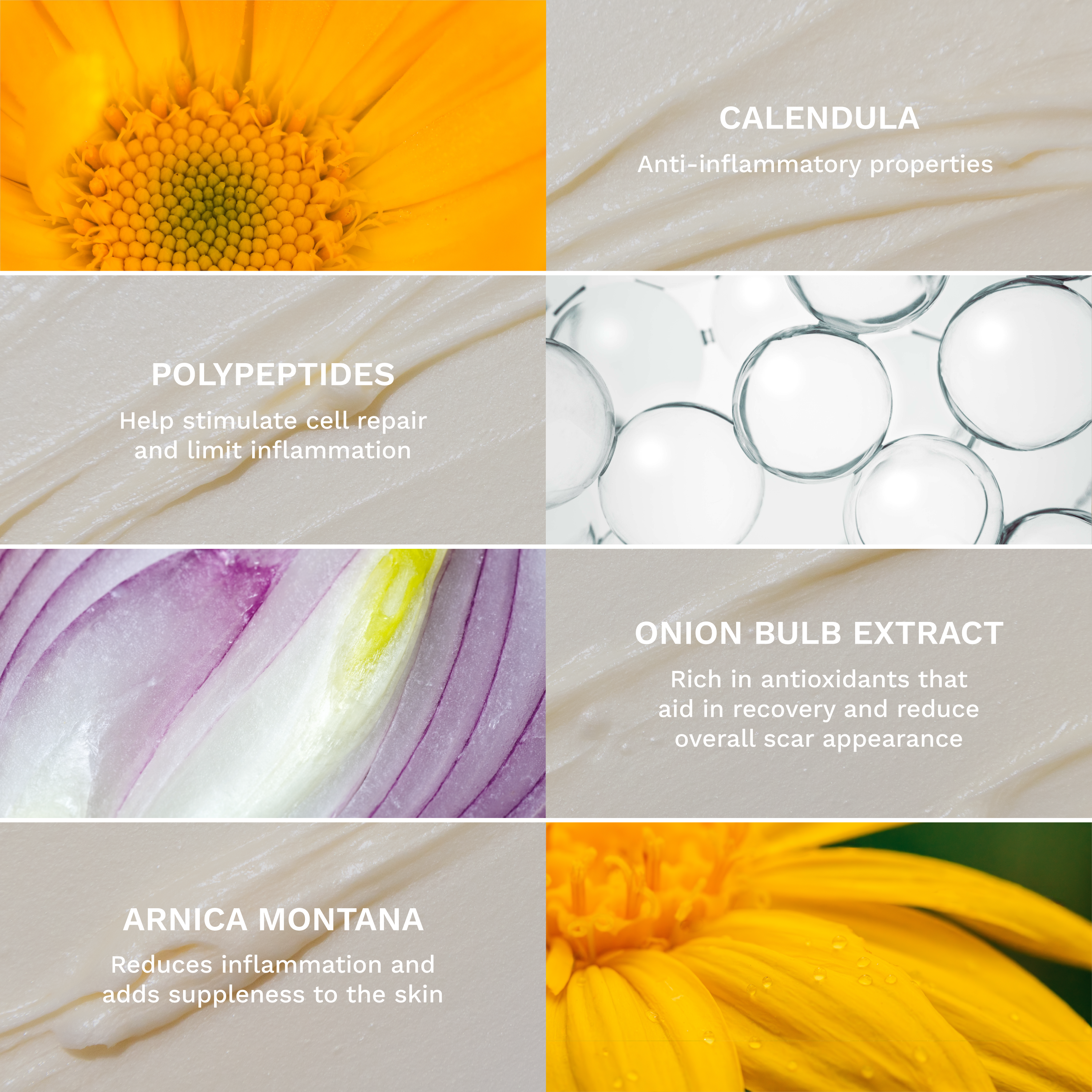
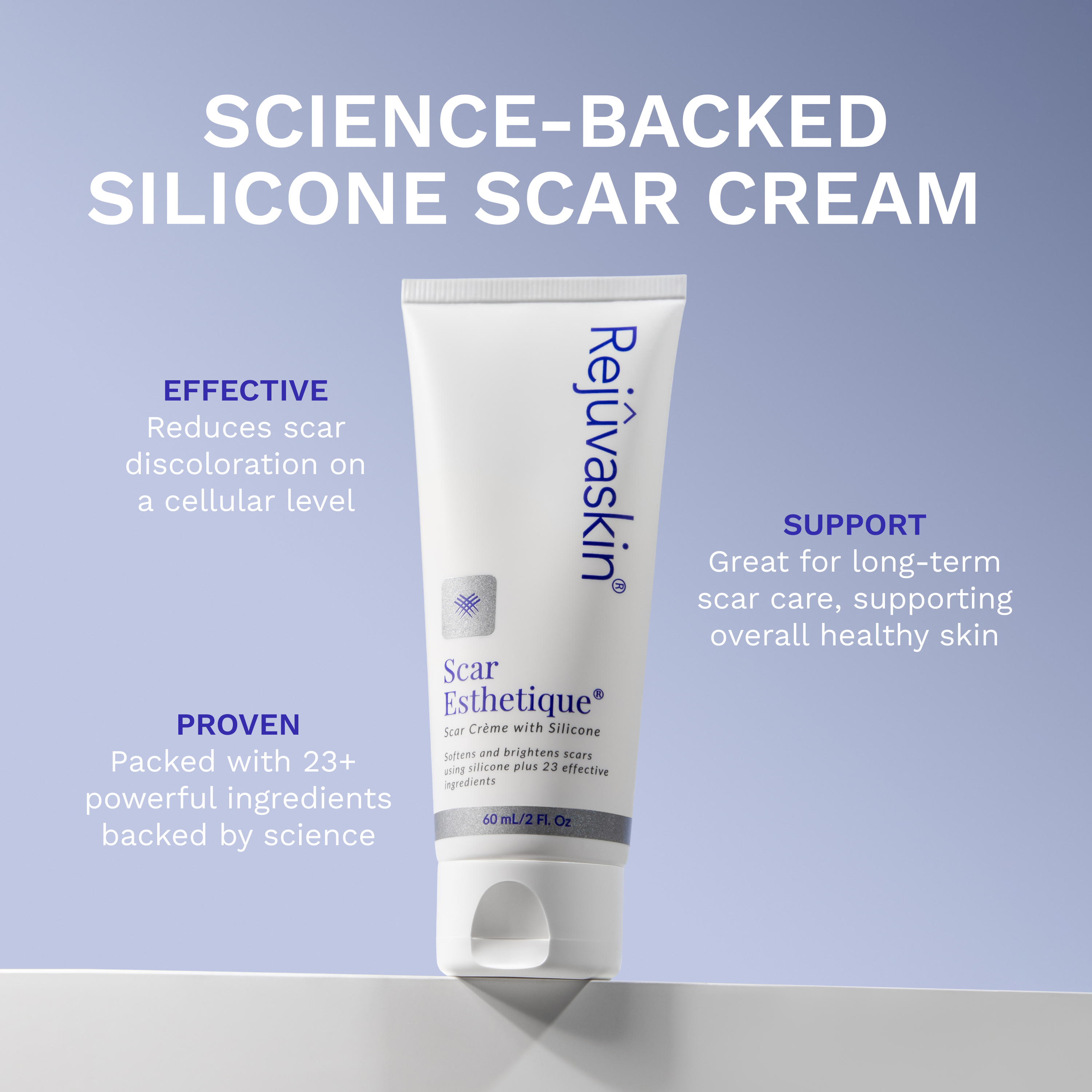
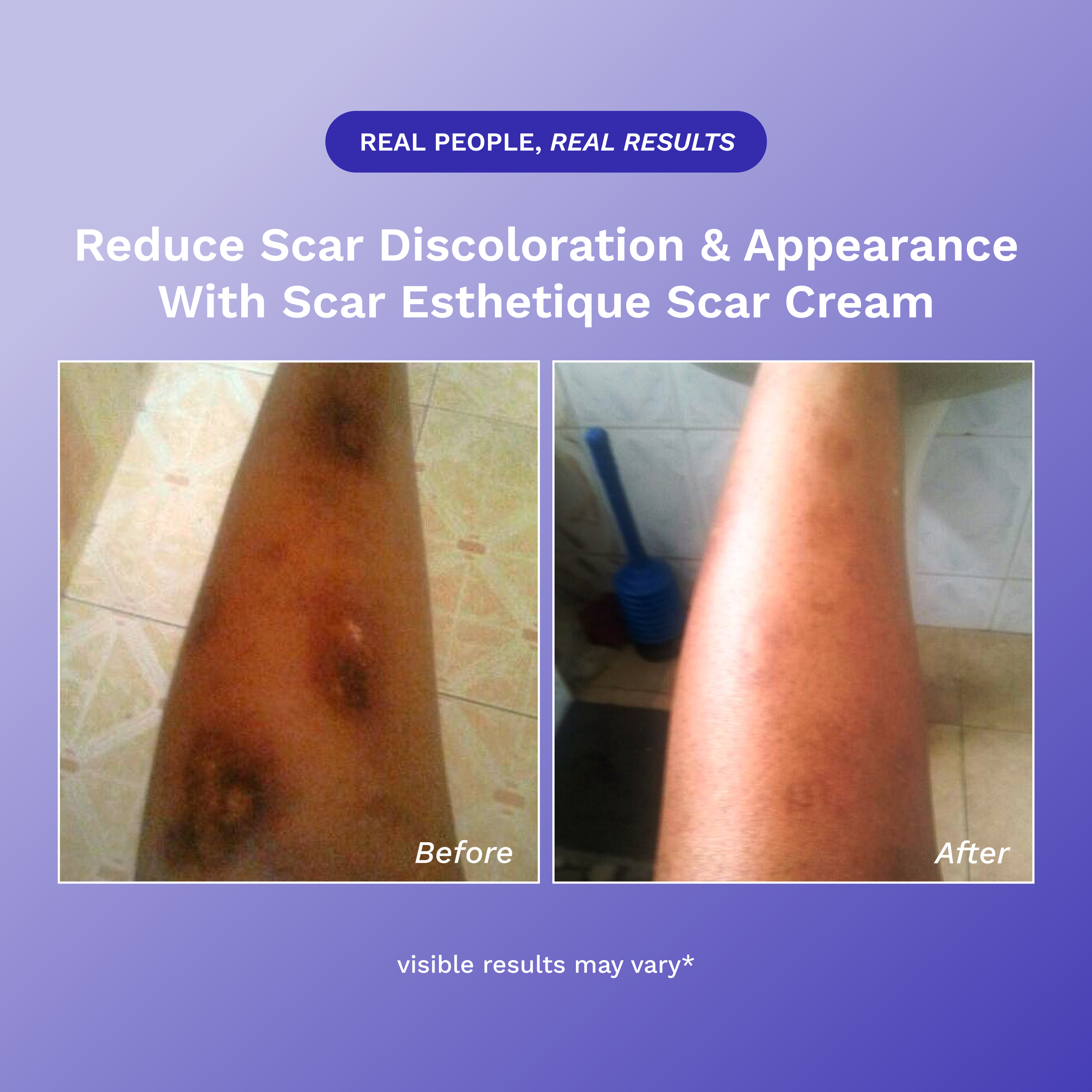
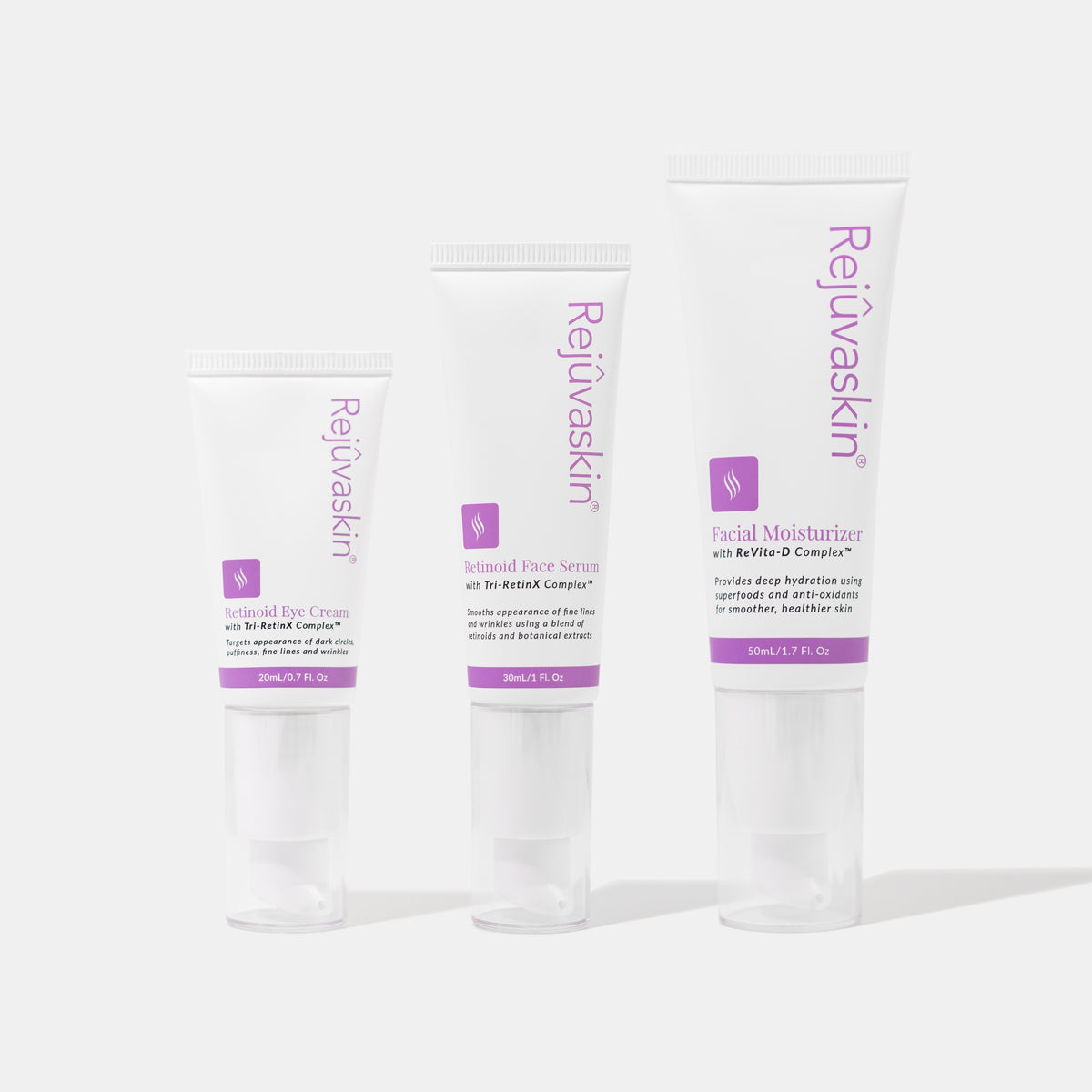
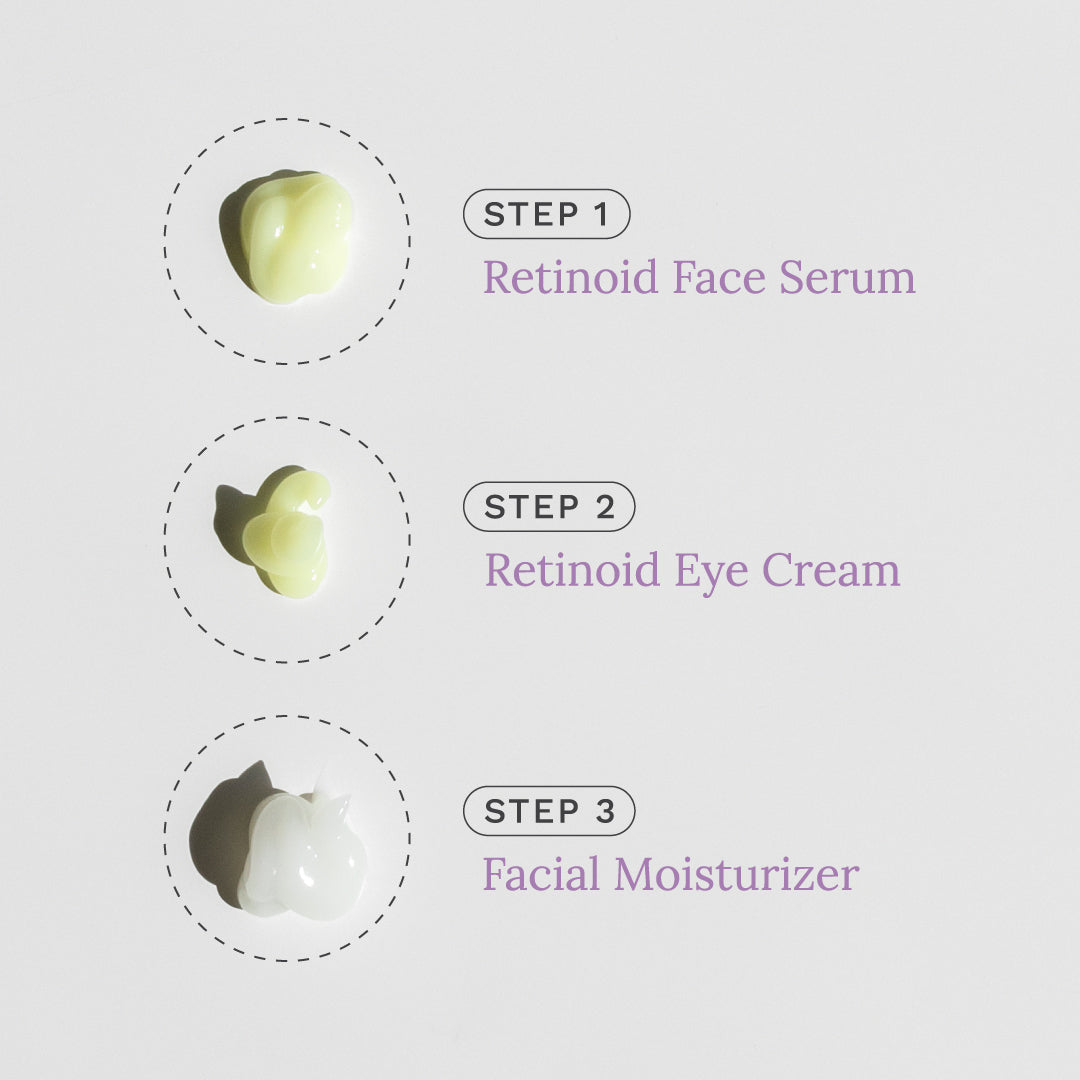
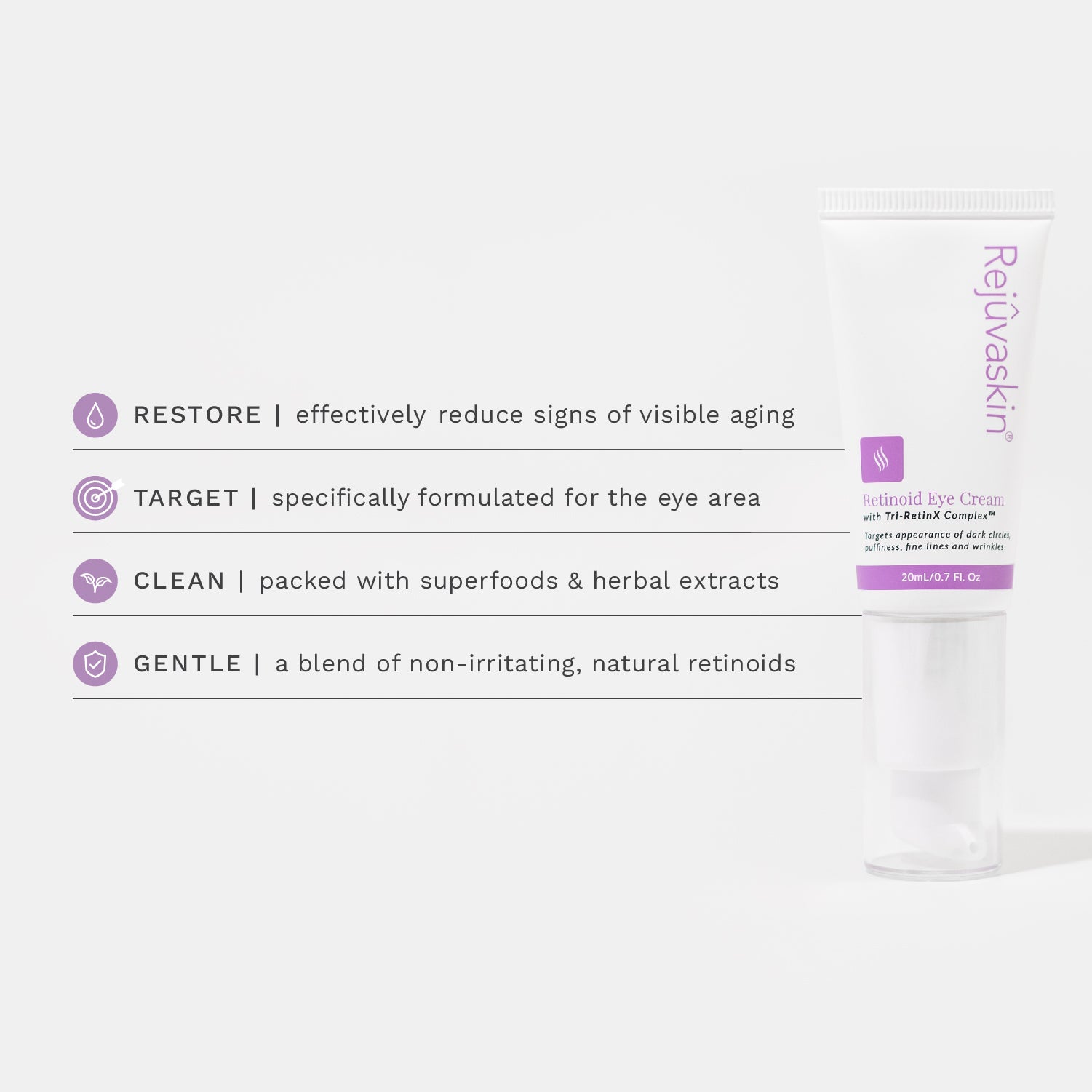
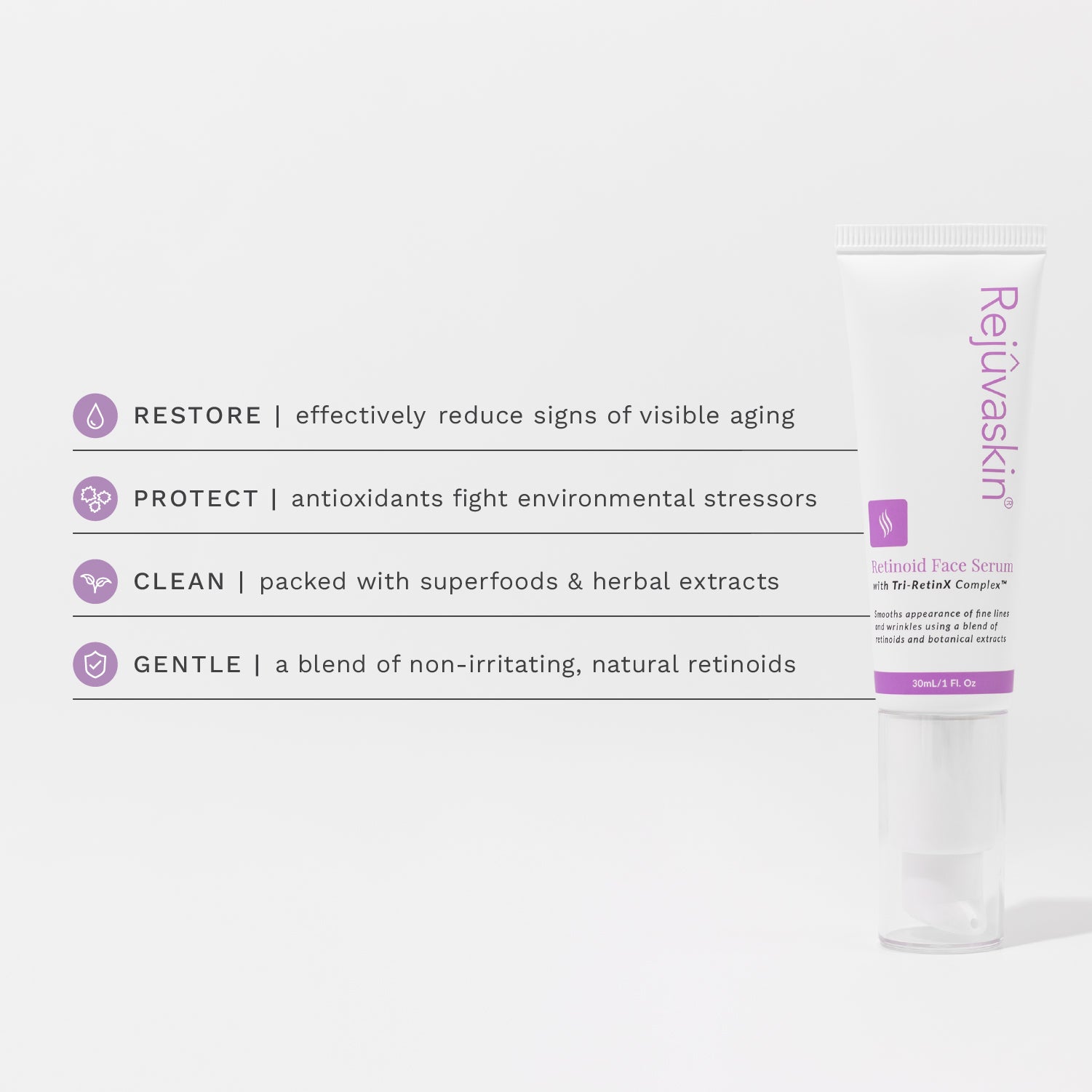

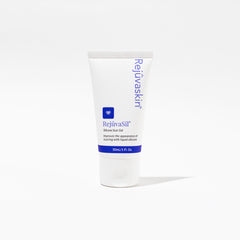
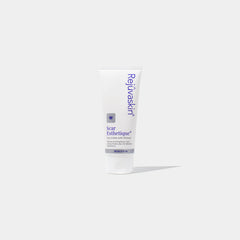
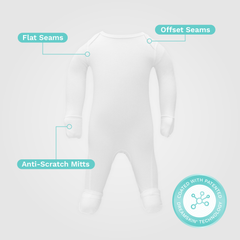
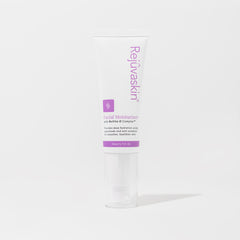

Leave a comment